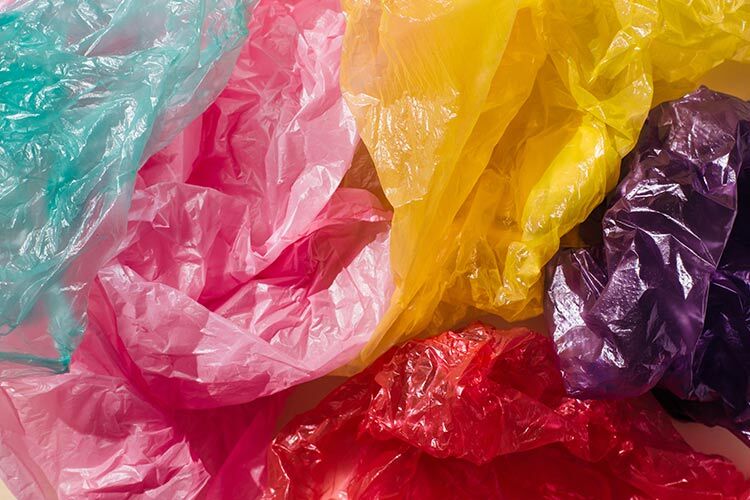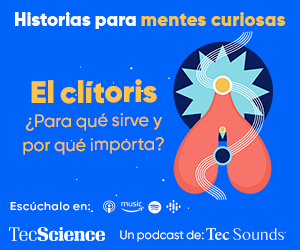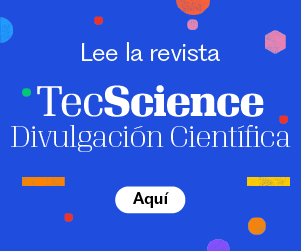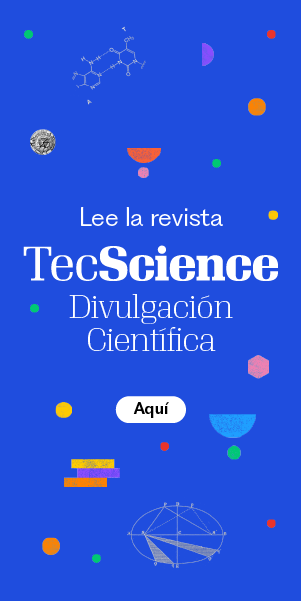The excessive use of pesticides and fertilizers in agriculture is one of the biggest sources of contamination and degradation of soils on the entire planet. Fortunately, in recent years, scientists around the world have begun to use a solution of microscopic dimensions with gigantic impacts: nanotechnology.
In a review published in Elsevier’s International Journal of Biological Macromolecules in June 2023, a group of experts, including Sasan Zahmatkesh, a researcher at Tec de Monterrey’s School of Engineering and Sciences, Puebla campus, reviewed the most recent scientific works in which the technology was used to streamline and improve the food industry.
Among its most promising applications is to remedy the damage caused to soils and thus contribute to sustainable practices in agriculture. This has become increasingly relevant as the importance of the soil is becoming clearer: around 95% of our food is produced directly or indirectly in them.
This is why having healthy soils is essential to guarantee food safety, increase the resilience of human settlements to floods and droughts, as well as to provide sustenance for biodiversity. All these are necessary aspects for us to have a positive future on our planet.
What is nanotechnology?
Nanotechnology is a branch of engineering dedicated to manipulating matter at the nanometer scale to create new structures, materials, and devices. The size they deal with is very, very small, with nanoparticles measuring from 1 to 100 nanometers. To understand how tiny this is: a single human hair is about 80,000 nanometers.
Their size gives them unique properties compared to larger-scale materials, since the rules of physics and chemistry do not apply to these dimensions. It promises scientific advances in sectors such as medicine, energy, materials, agriculture and product manufacturing.
Carbon nanoparticles, for example, are six times lighter than steel and at the same time one hundred times stronger.
“Nanotechnology is both science and art, and it deals with manipulating matter to create novel objects that have the potential to change human society,” the authors write.
Healing soils with nanotechnology
Today, one third of our soils are degraded due to erosion, salinization, compaction and contamination. Among the most common pollutants are heavy metals, persistent organic pollutants -such as some chlorine derivatives- and emerging pollutants, such as pharmaceuticals and personal care products.
The good thing is that the use of nanoparticles can be used in different ways to help remove these contaminants. One example is using iron nanoparticles to separate chlorine from the triclosan molecule – a very common persistent organic pollutant in agriculture – and allow it to be removed from soils.
They can also assist in clearing out heavy metals. In some studies they have used nanoparticles of titanium dioxide to increase the absorption of cadmium -a heavy metal- by soybean plants and assist a remediation method known as phytoremediation in which plants that absorb specific substances are placed in polluted soils and aid in cleaning them.
In a study carried out in Spain, highly pure iron nanoparticles were used to remedy soils. This have a great chemical reactivity and can encapsulate contaminants, thus preventing them from dissolving into water and spreading more easily.
In this case, they used nanoiron to encapsulate mercury and arsenic in contaminated soil and reduce their availability. The treatment worked in just 72 hours, reducing the presence of these between 50 and 80%.
Additionally, nanomaterials such as nanoclays or nanohydrogels can be added to contaminated soils to improve water retention and nutrient availability, promoting plant growth and facilitating natural soil healing processes.
These are just a few examples of the many ways nanotechnology can help heal soils damaged by human activity, however, the authors caution that for these to be effective, proper evaluation and research must be done to reduce risk of long lasting side effects.
“It is critical to conduct rigorous experimental validation, ensure that regulatory criteria are satisfied, analyze and mitigate environmental risks,” they emphasize. “Future development and adoption of these molecules will reduce environmental problems and increase food production,” they conclude.
















